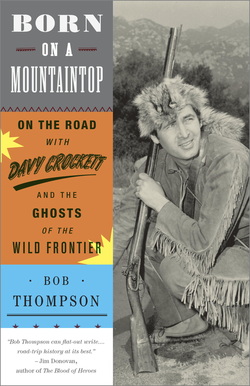
It didn't have to be that way, however.
Walt Disney had toyed with the idea of putting Davy Crockett onscreen as early as 1946, when he got the painter Thomas Hart Benton to do a rough outline for an animated Crockett operetta. We don't know much about this brief collaboration, which never got any traction, but the end product would have looked more like Fantasia than the 3-part TV series Disney finally launched in 1954.
Parker was hardly a lock to win the starring role. At the time, he was one of thousands of Hollywood wannabes living from bit part to bit part.
"I didn't miss a meal and I didn't sleep in the rain," he once recalled, but he did live in a toolshed for more than a year, and he couldn't afford a social life. Then he got a day's work on a science fiction movie called Them!, playing a man who's been committed to a mental ward because no one will believe his story about giant flying ants.
Disney and his team had considered a lot of possible Crocketts -- among them Sterling Hayden, George Montgomery and Buddy Ebsen -- and eventually the search turned to a big-shouldered young actor named James Arness, later of Gunsmoke fame. Arness had starred as a G-man in Them! Studio legend has Uncle Walt watching the film, taking one look at Fess Parker, and exclaiming "That's our Davy Crockett!"
What would have happened if Disney had been distracted during the time Parker was onscreen?
"If Walt had taken a phone call or lit a cigarette or sneezed," he told an interviewer nearly half a century later, "I wouldn't be talking to you today."
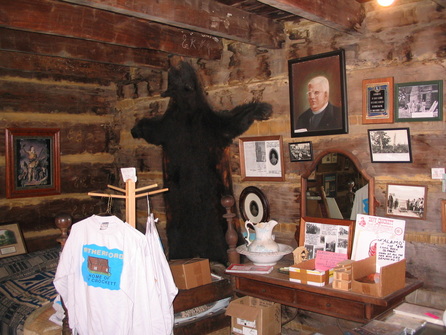
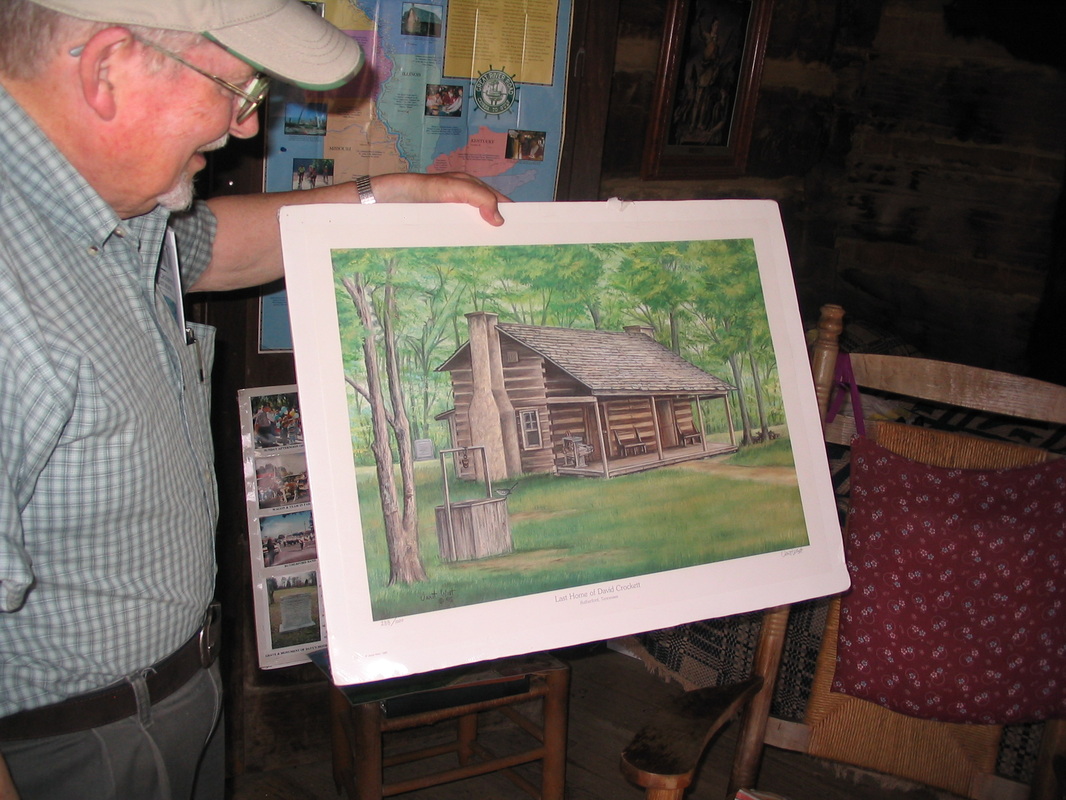
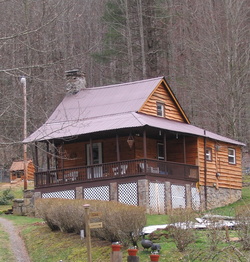
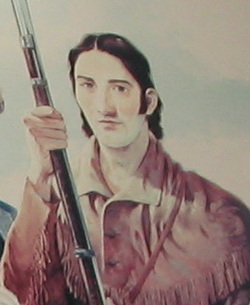
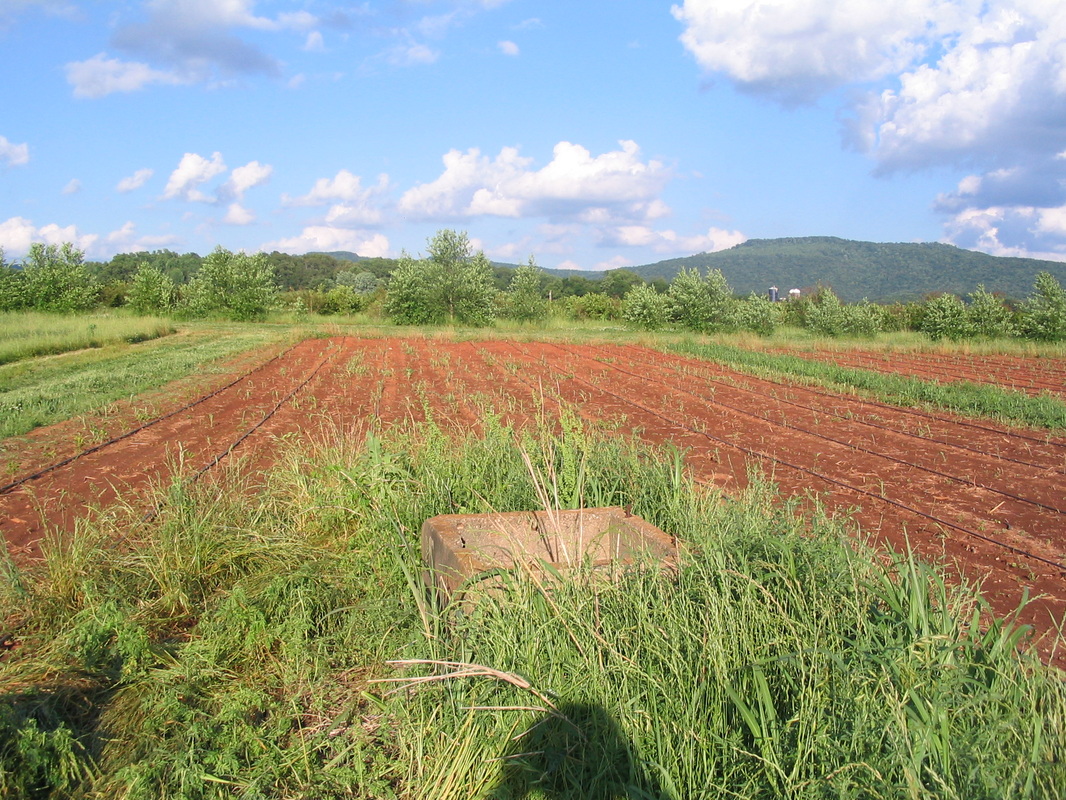
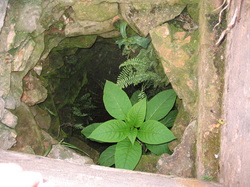
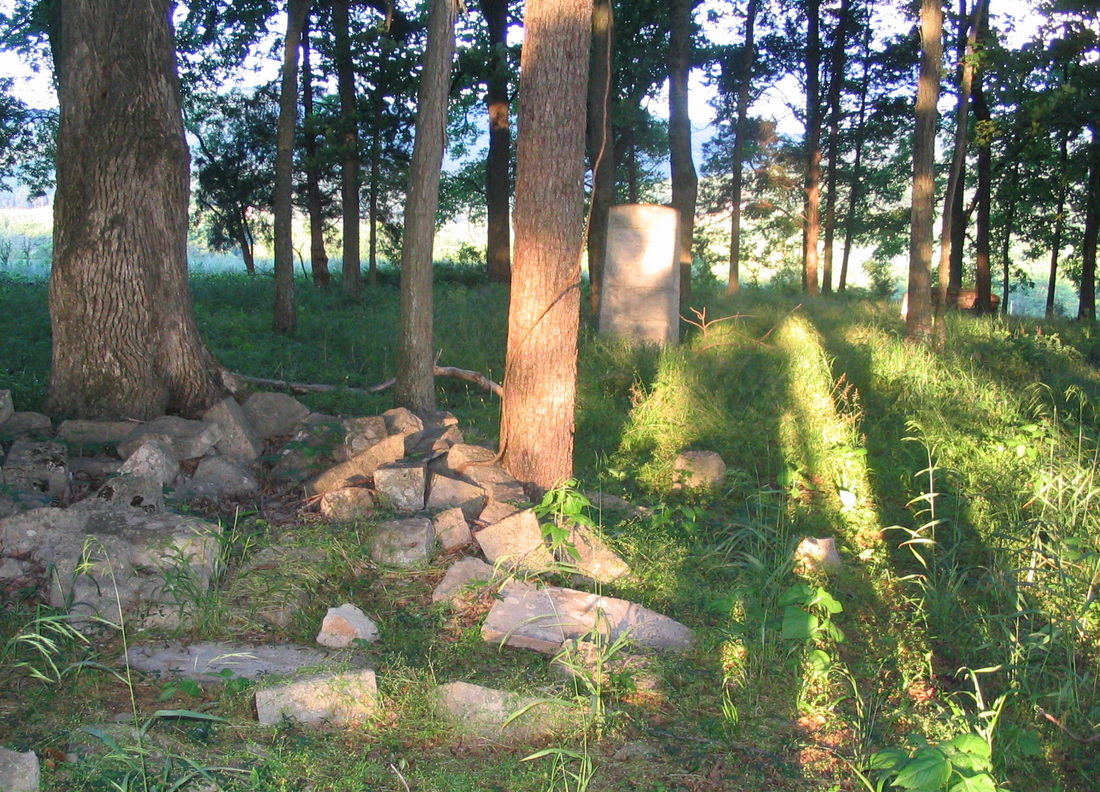
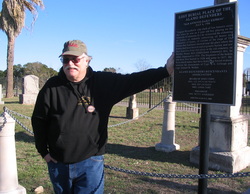
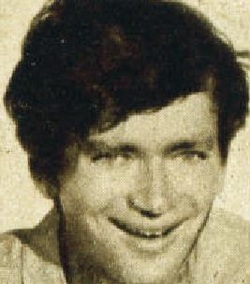
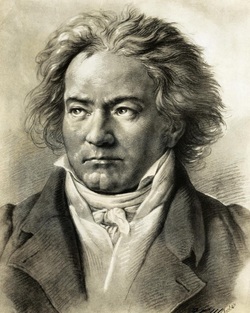
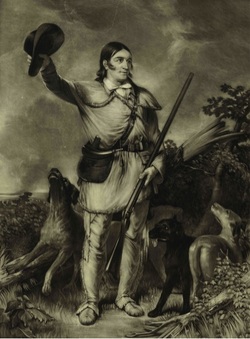
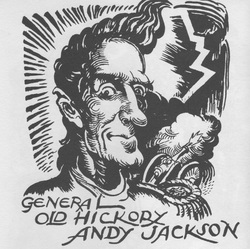
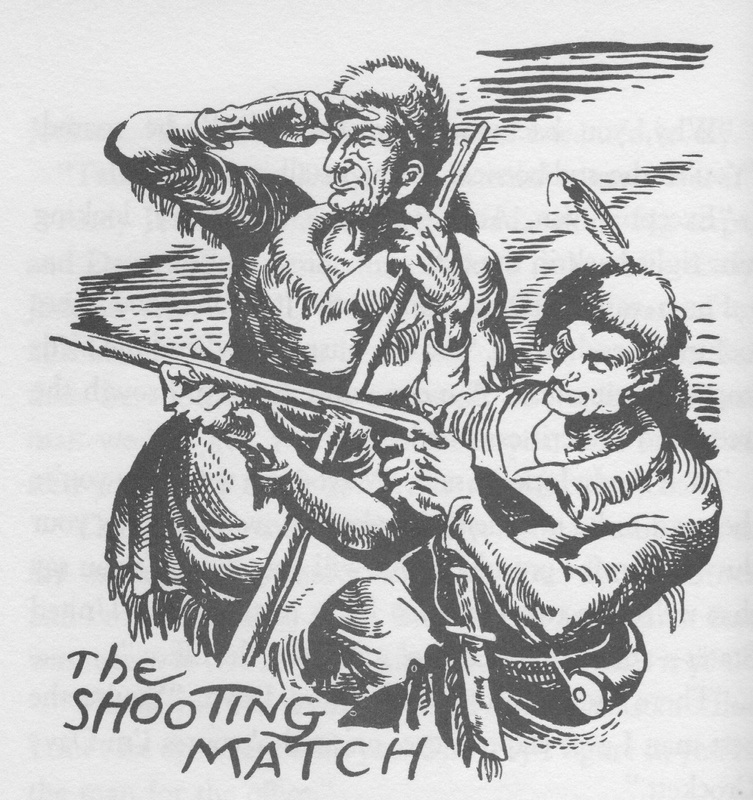
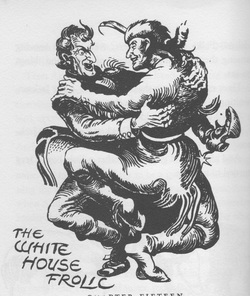
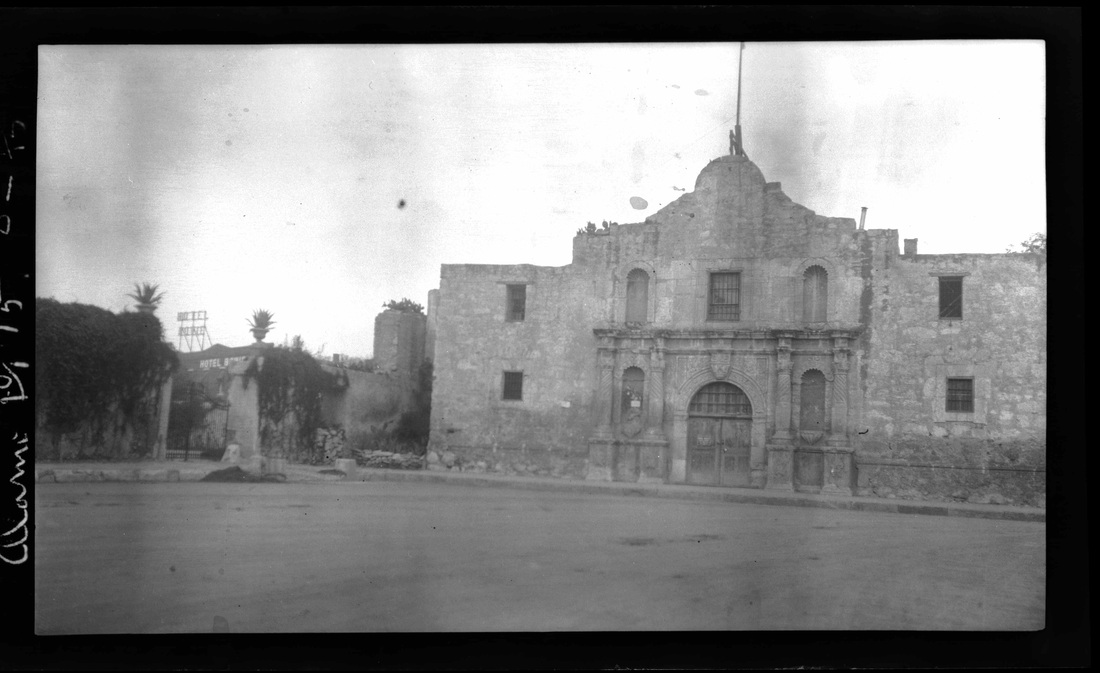
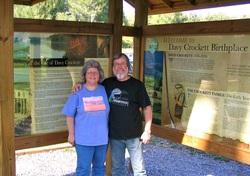
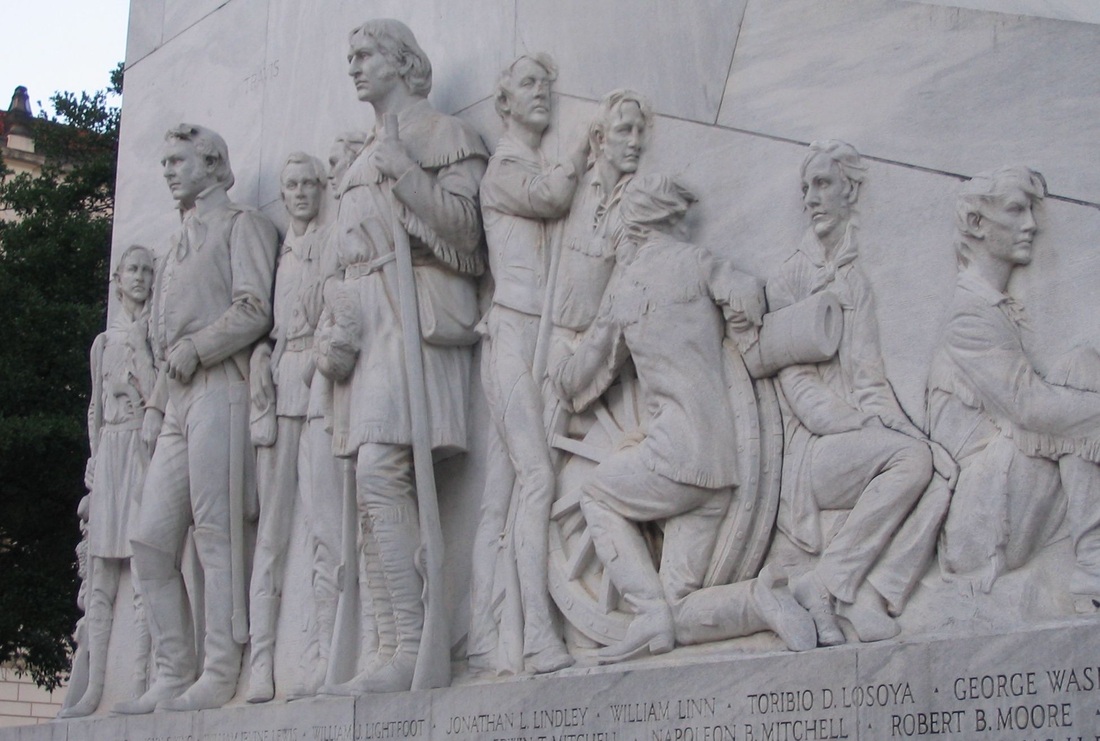
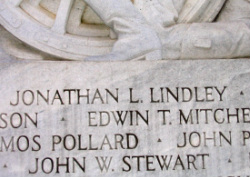
 RSS Feed
RSS Feed